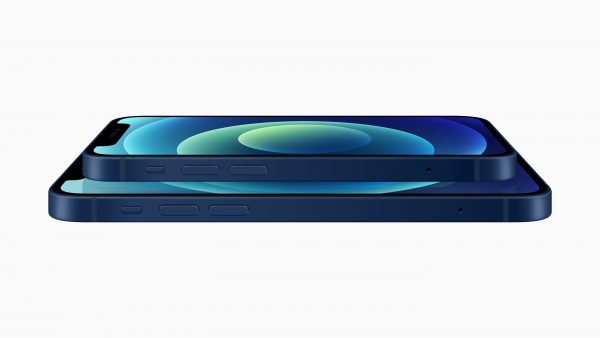The new line of iPhone 12 was unveiled earlier today. There are going to be 4 models; iPhone 12 mini, iPhone 12, iPhone 12 Pro, and iPhone 12 Pro-Max. All four models will feature 5G networking, OLED displays, A14 processors, and more.
In terms of pricing, in an eventful turn, it turns out that the iPhone 12 does not actually cost $799 as shown in the advertisement. Upon looking at the website, pricing for the smartphone is actually $829. Similarly, the iPhone mini’s price is $729, not $699.

SIM-free iPhone 12 costs $829
The advertisement prices actually include a $30 carrier discount, which is only available on AT&T and Verizon plans. It means that when buying SIM-free unlocked, or via T-Mobile or Sprint, the phone’s cost is $829. The same goes for the mini variant. However, the Pro and Pro Max are priced normally and retail for $999 or $1099.
The real price of the mini variant is $729 unless one is eligible for the $30 discount through AT&T or Verizon. Given that carrier special offers are only in the US, international buyers would be stuck paying the higher price.

Apple’s press release addressed this tricky pricing strategy simply by saying that the headline price ”includes a $30 AT&T or Verizon discount.” That somewhat explains why Verizon was featured so prominently in today’s event.
All four models in the latest iPhone lineup are powered by the A14 bionic processor, 5G-enabled, boast an all‑new iPad Pro like-design, and have an edge‑to‑edge OLED display. The higher-end Pro and Pro Max variants feature a triple camera setup at the back. The iPhone 12 Pro also features a LiDAR Scanner on the back, which enables object and room scanning, AR features, and more. The Scanner also contributes to improving capture time and low-light focus.

With these pricing tricks, the base cost of an equivalent iPhone 12 has actually risen by $130 this year. In 2019, the iPhone 11 could’ve been purchased for $699. The comparable smartphone generation 12 starts at $829. However, both the non-Pros now feature OLED displays – a feature that was previously reserved for the Pro models. So, in a way, the cost of an OLED device has fallen by $170.
Along with the new iPhone lineup, the Cupertino tech giant also announced MagSafe accessories for the smartphone and a new HomePod mini. Pre-orders for the smartphone begin Friday, October 16, with availability beginning Friday, October 23.
Read Also:
2 comments
Comments are closed.